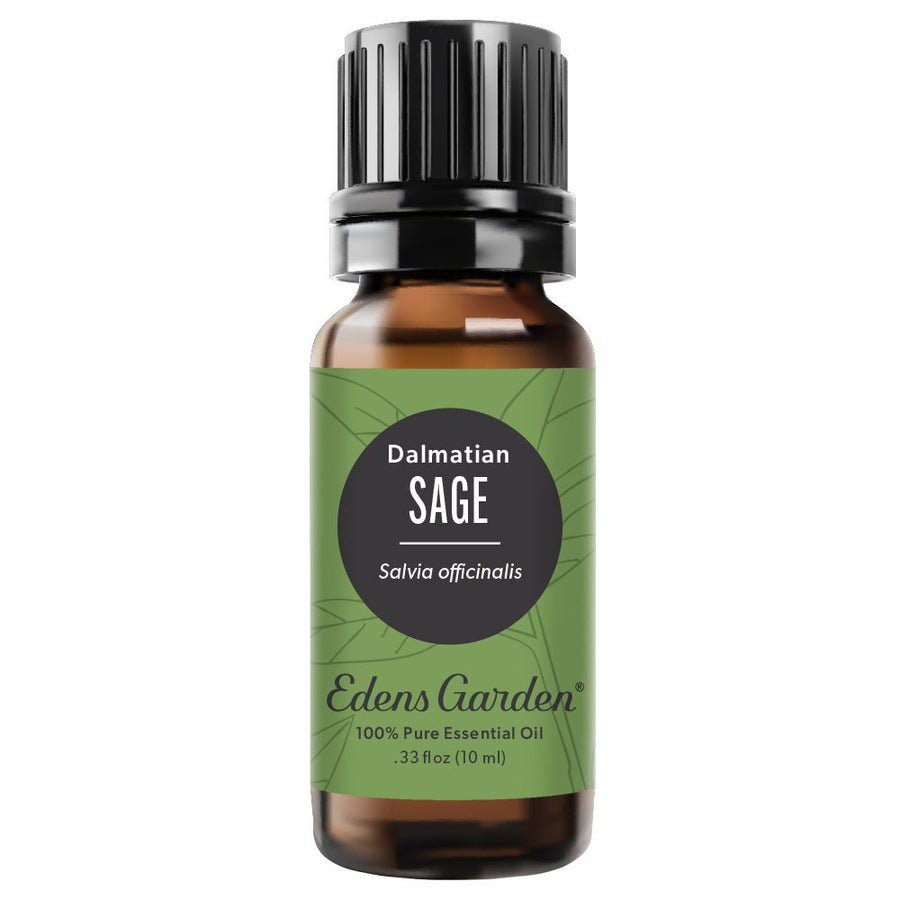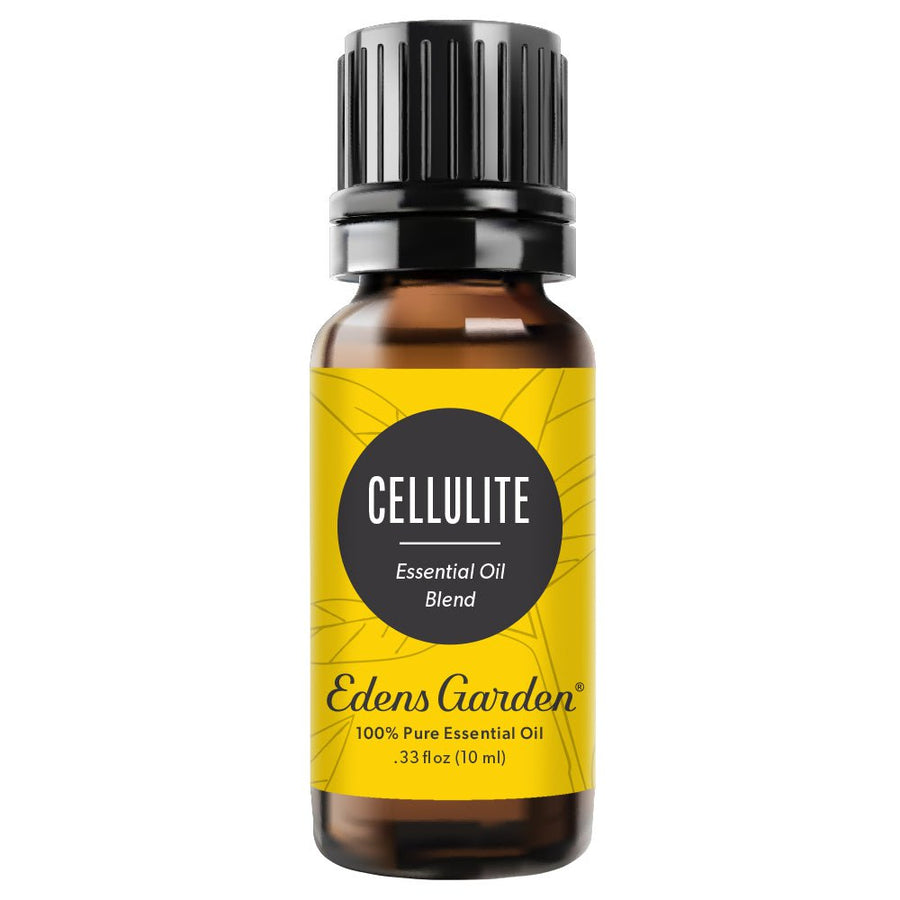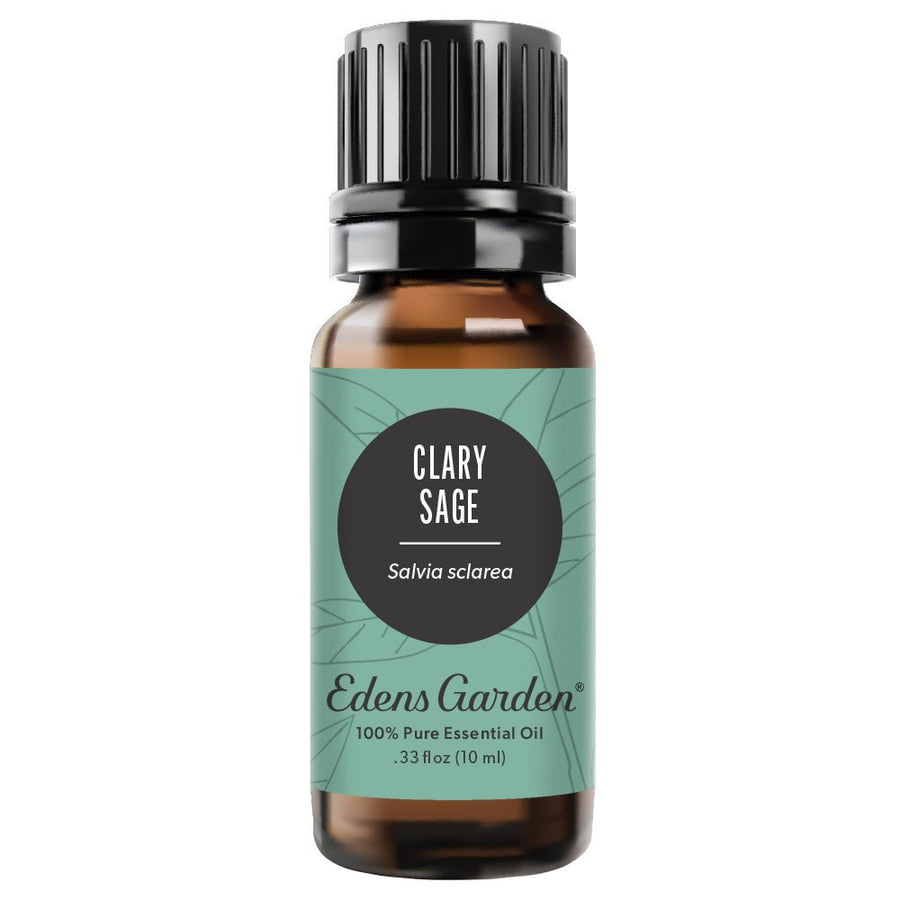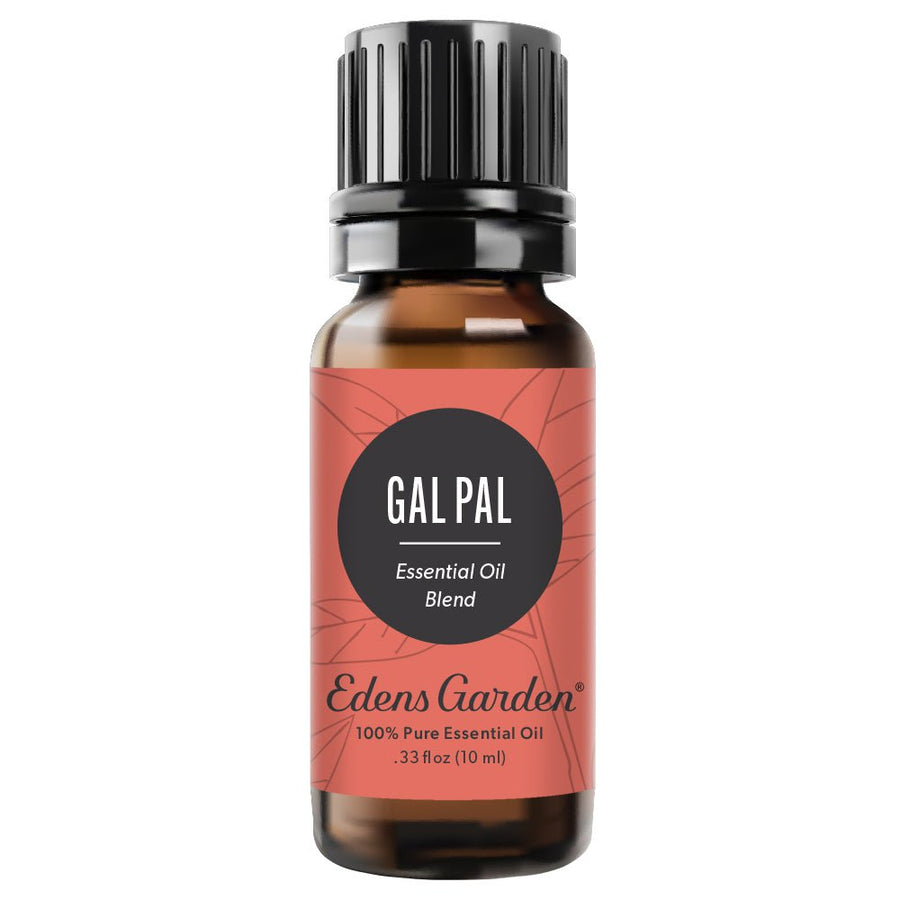This or That: Clary Sage vs Sage

Learning about essential oils can get confusing – especially when your oils have similar names. Take Clary Sage and Sage Dalmatian for example. Both oils have similar common names and botanical names. Are these oils so similar that they can be used interchangeably, or so different that the only thing they have in common is their names?
In today’s article, we’re looking at the differences and similarities between these oils as well as breaking down their top benefits, aromas and pertinent safety info. Read on for the full Venn diagram on these two herbaceous oils.
This or That: Clary Sage vs Sage Essential Oils
Aromatherapy users aside, what do most people know about Sage and Clary Sage? For starters, many know that Sage is an edible herb used in cooking and that it’s used in sageing rituals. In American culture, Clary Sage is a comparatively lesser known edible herb that’s also used in cooking and has been used as a natural medicine since antiquity.
Fast forward to today’s day and age, how do we commonly use these herbs and how do they compare? Let’s dive in.
Sage- Dalmatian
At times, our overall well-being and health can get interrupted when we get distracted by our immediate afflictions. Sage, or Common Sage,[1] is an essential oil that revitalizes the body as a whole while also helping to restore our individual bodily systems.
With an herbaceous and earthy aroma, Sage (Salvia officinalis) has been acknowledged throughout history for its medicinal properties. Its genus “Salvia” is a Latin word that means “healthy” because of its efficacy in helping a wide range of health issues.
Origin: Greece
Properties:
- Antibacterial
- Anti-inflammatory
- Digestive aid
- Reduces the appearance of cellulite
- Supports hair growth
- Reduces overactive sweat glands
Aroma: Sage is herbaceous, sweet and slightly camphorous, true to the herb used in cooking and sageing. It blends well with Cardamom and other spices, as well as with light florals like Lavender.
Featured In:
- Cellulite blend
- French Lavender Sage blend
- Spring Shine blend
Benefits & Uses: Steam distilled Sage essential oil makes an excellent addition to shampoo or preparations with carrier oils for sore muscles, aching stomach and cellulite. It’s also a highly effective addition to DIY home cleaners and sprays. Diffuse Sage for a fresh aroma.
Safety: Due to the presence of thujone, it is not recommended to exceed a 0.4% dilution of Sage to avoid skin irritation. Due to its potency, it is better to keep the dilution of Sage low and combine it with other skin nourishing oils to boost its therapeutic properties. It is not recommended for use on or around children and should be avoided during pregnancy and breastfeeding.[2]
Clary Sage
In the wild, the Clary Sage plant (Salvia sclarea) offers a periwinkle hue that’s both striking and inviting. Yet its benefits extend beyond simple aesthetics. A flowering herb native to the Mediterranean Basin, Clary Sage has historically been extracted from leaves and buds as a remedy for a number of symptoms. As a bonus, it offers a refreshing aroma that we think you’ll love too.
Origin: France
Properties:
- Anti-inflammatory
- Digestive aid
- PMS and menopausal symptoms
- Emotional balance and sleep support
- Respiratory
- Restores skin
Aroma: Clary Sage essential oil is sweet, herbaceous, clean, and likened to earl grey tea. With its softly floral, grape-like aroma, it is ideal for elegant perfumery. For a balanced blend, combine Clary Sage with florals and citrus oils.
Featured In:
- Gal Pal blend
- Harmony blend
- PMS Ease blend
Benefits & Uses: With a significant amount of linalyl acetate, Clary Sage oil works well when applied topically for oily skin care, stomach aches, and cramps. Use in a diffuser or inhale directly to ease respiratory ailments, mood swings or insomnia. Women are treated especially well by Clary Sage, so turn to this oil for any side effects associated with your period, PMS, hot flashes or menopause.
Furthermore, Clary Sage helps to alleviate stress and focus the mind.
Safety: Clary Sage is generally considered safe for use with all healthy individuals. A 1% dilution is recommended for topical use on children 2+. Some have proposed that Clary Sage oil is estrogenic, though we’ve found that there is currently little evidence of this.
Bottom Line
Sage and Clary Sage each have varying constituents, therapeutic properties and aromas. These large differences mean they cannot be substituted for one another in recipes and usage. Each oil has its therapeutic strengths, and should be used accordingly with safety in mind.[3]
SOURCES:
- The Chemotaxonomy of Common Sage (Salvia officinalis) Based on the Volatile Constituents. https://www.ncbi.nlm.nih.gov/pmc/articles/PMC5622382/
- Dalmatian Sage Essential Oil Uses and Benefits. https://www.aromaweb.com/essential-oils/dalmatian-sage-oil.asp
- Garden sage or clary sage? Which should I use? https://www.everygreenherb.com/sage.html
Grab The Essentials Here:
Leave a comment (Comments will be approved before showing up)
5 comments
Mai
It says sage “Reduces overactive sweat glands.” I’m guessing this would be in a topical application? Primarily for underarms? or any part of the body?
Edens Garden
Hi Rosanne! We would need to know the ingredients of the oil you purchased.
Rosanne Ginsburg
Is there a difference between clary sage oil and clary sage essential oil. I bought some clary sage oil for my hair but it does not say that it is an essential oil so I’m not sure if they are different. Can you comment
cass
Clary Sage is safe for an epileptic but Sage is not. I, myself, have epilepsy and have been told this myself by my three doctors, including the one who has done my brain surgery.










Edens Garden
June 15, 2022 at 10:04 am
Hi Mai! Yes, we suggest applying the oil topically for this purpose.